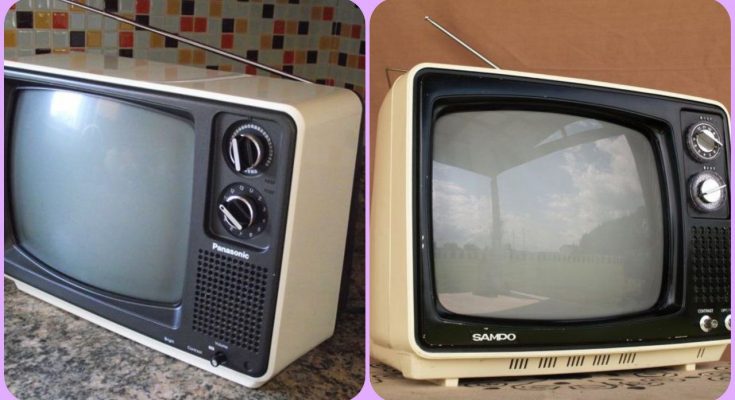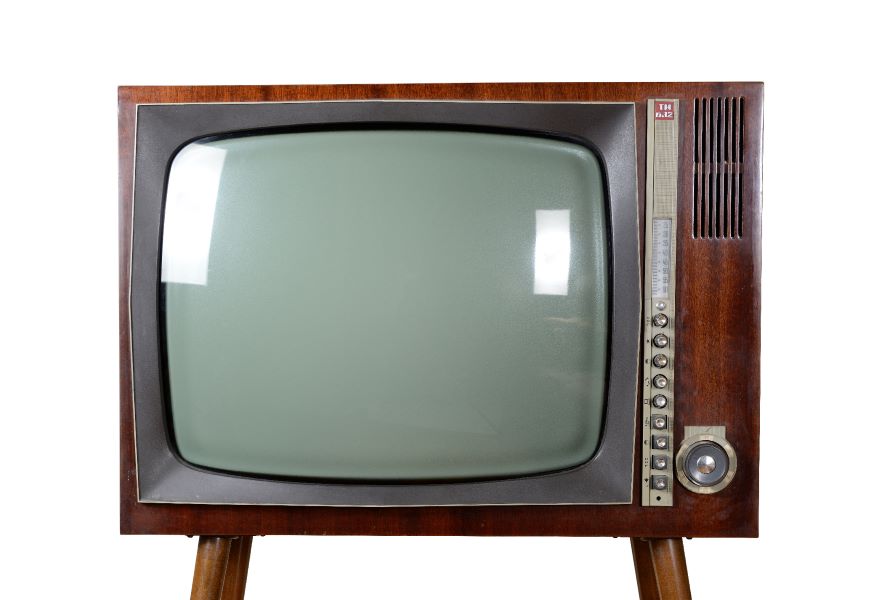Introduction
The television set, often simply called a TV, is a staple in households worldwide, serving as a primary source of entertainment, news, and information. But what exactly is a television set, and how has it evolved over the years? In this guide, we’ll explore the fundamentals of a TV set, its components, how it works, and the different types available today. Whether you’re new to the world of TVs or looking to deepen your understanding, this comprehensive guide will cover everything you need to know.
1. What is a Television Set?
A television set is an electronic device designed to receive visual and audio signals and convert them into images and sound that can be viewed on a screen. It allows users to watch broadcast programs, movies, and videos, and play games, among other multimedia activities. Modern TV sets have evolved to include smart features, internet connectivity, and high-definition displays, making them central hubs for home entertainment.
2. History of the Television Set
The television has a rich history dating back to the early 20th century:
- 1920s-1930s: The concept of television was born with mechanical TV systems, which later transitioned to electronic TVs using cathode ray tubes (CRTs).
- 1950s-1960s: Television sets became household items, with the introduction of color TV marking a significant milestone.
- 1970s-1990s: TVs evolved with the advent of remote controls, cable TV, and VCRs, enhancing user convenience and viewing options.
- 2000s-Present: The digital revolution brought flat-screen TVs, high-definition (HD) and ultra-high-definition (UHD) resolutions, smart TVs, and streaming services, transforming how we consume content.
3. Components of a TV Set
Understanding the basic components of a TV can help you appreciate how it functions:
- Display Panel: The screen where images and videos are displayed. Common types include LCD, LED, OLED, and QLED.
- Tuner: Receives broadcast signals from antennas or cable services.
- Speakers: Built-in audio output for sound, though many users opt for external sound systems.
- Inputs and Outputs: Ports for connecting external devices like gaming consoles, Blu-ray players, and streaming devices. These include HDMI, USB, and audio jacks.
- Processor: The brain of the TV, responsible for processing signals and controlling the display and smart features.
- Power Supply: Converts and regulates the electricity needed to operate the TV.
4. How Does a TV Set Work?
The basic working principle of a TV involves receiving signals (either from broadcast channels, cable, or streaming services), processing these signals, and displaying them as images on the screen while playing corresponding audio through the speakers.
- Signal Reception: Signals can be received via various means, including over-the-air antennas, satellite dishes, cable lines, or internet connections for streaming.
- Signal Processing: The tuner decodes the received signals, and the processor converts them into a format that can be displayed on the screen.
- Display Rendering: The processed signal is sent to the display panel, where pixels are activated to create the image. The quality of this image depends on the resolution and technology of the display (e.g., HD, 4K, OLED).
- Sound Output: Simultaneously, the audio component of the signal is sent to the speakers, synchronized with the video to create the viewing experience.
5. Types of Television Sets
Today’s market offers a variety of TV types, each with its own advantages:
- LCD TVs: Liquid Crystal Display (LCD) TVs are known for their energy efficiency and affordability. They use a backlight to illuminate the display.
- LED TVs: A type of LCD TV that uses Light Emitting Diodes (LEDs) for backlighting, offering better brightness and contrast.
- OLED TVs: Organic Light Emitting Diode (OLED) TVs provide superior image quality with perfect blacks and vibrant colors. They are thinner and more flexible than LCDs.
- QLED TVs: Quantum Dot LED (QLED) TVs use quantum dots to enhance color accuracy and brightness, making them a popular choice for high-end viewing.
- Smart TVs: Equipped with internet connectivity, smart TVs allow access to streaming services, apps, and web browsing, making them versatile entertainment centers.
6. Choosing the Right TV Set
When selecting a TV, consider the following factors:
- Screen Size: Choose a size that fits your room and viewing distance. Larger screens are ideal for spacious living rooms, while smaller screens are better suited for bedrooms or kitchens.
- Resolution: Higher resolutions like 4K and 8K offer more detailed images, especially on larger screens.
- Smart Features: If you frequently stream content, a smart TV with built-in apps and internet connectivity is essential.
- Refresh Rate: A higher refresh rate (e.g., 120Hz) reduces motion blur, making it ideal for watching sports or playing video games.
- Budget: Determine your budget and find a TV that offers the best features within your price range.
7. Maintaining Your Television Set
To ensure your TV lasts and performs well, follow these maintenance tips:
- Keep it Clean: Regularly dust the screen and body of the TV with a soft, dry cloth. Avoid using harsh chemicals on the display.
- Avoid Overheating: Ensure proper ventilation around the TV to prevent overheating, which can damage internal components.
- Use a Surge Protector: Protect your TV from power surges by plugging it into a surge protector.
- Update Firmware: If you have a smart TV, keep the firmware updated to enjoy the latest features and security patches.
Conclusion
A television set is more than just a screen in your living room; it’s a complex device that has evolved significantly over the years. By understanding the basics of how a TV works, the different types available, and how to choose the right one, you can enhance your viewing experience and make informed decisions when purchasing a new TV. Whether you’re watching the latest blockbuster, catching up on the news, or enjoying a gaming session, your television set is your gateway to a world of entertainment.





